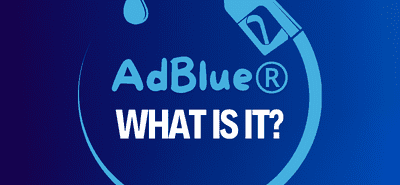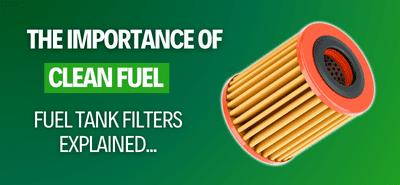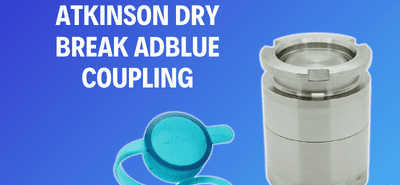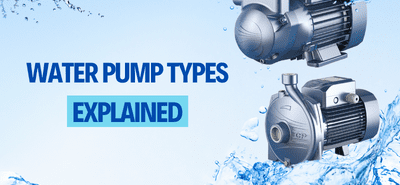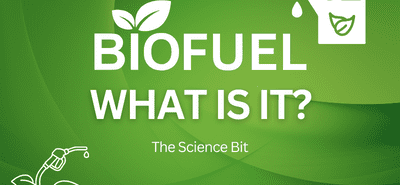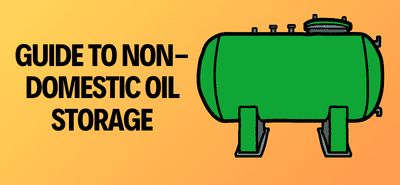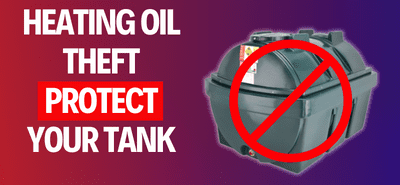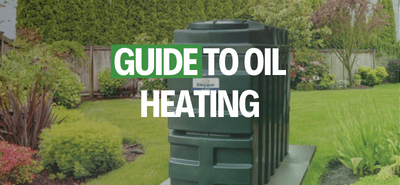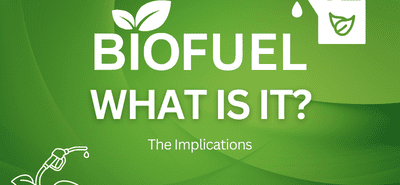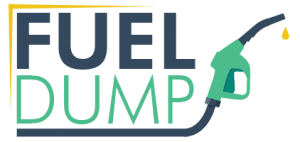Guide to Domestic Oil Supply Pipes
Domestic Oil Supply Pipes
This guide applies to pipe work systems supplying kerosene to oil fired equipment under 45kW output serving single family dwellings.
Oil Supply Systems
There are two types of oil feed systems; gravity and sub-gravity. Gravity feed systems are typically used with bottom outlet oil storage tanks installations and or/where a tank has to raised off the ground.
Sub-gravity systems are used for top outlet tank installations which are mechanical suction to raise fuel out of the tank.
The oil feed pipes for these supply systems must be correctly sized. An incorrectly sized pipe will result in the system operating inefficiently. An OFTEC registered technician will work out the correct size of pipe for your system.
Oil Supply Pipe Materials
Oil feed pipes are commonly run in plastic coated soft copper tubing which can easily be manipulated. If steel pipes are used they must be protected from corrosion. Plastic pipe systems are also available, but their use is restricted to below ground installation only. Fittings and joint materials must be suitable for the type of pipe and fuel being used.
External/Exposed Pipes
In order to prevent air locks, external gravity piping should be run in a continuous rise following the direction of flow. Pipes must be supported by purpose made clips and attached to permanent structures such as a wall. A garden shed or wooden boundary is not classed as a permanent structure because it will deteriorate with age, and any movement may damage the pipes.
Buried Oil Supply Pipes
Directly buried oil supply pipes should be suitably protected against the risk of accidental damage. Recommended installation is as follows:
- A trench should be excavated to a depth of 450mm;
- 40mm of compacted sand is laid on the bottom of the trench; the oil pipe positioned, and a further 40mm of compacted sand is laid above the pipe;
- Builder’s grade polyethylene is laid above the sand; and
- The trench is then backfilled, positioning an oil warning marker tape 150mm below the finished ground level.
Oil feed pipes should be buried at least 300mm clear of other underground services such as water and electricity. Joints in buried pipe work should be avoided if at all possible. If joints have to be made, a permanent means of access for inspection of the joint must be provided.
Pipes Running Through Buildings
Where an oil pipe passes through the wall of a building it must be run within a sleeve, such as a larger/outer pipe. Oil feed pipes should not be run underground directly into the interior of a building. Instead the pipe should rise externally to allow a remote acting fire valve to be fitted before it enters the building.
Fire Valves
A fire valve is an essential safety feature of an oil installation which will stop the supply of oil in the event of a fire. The valve must be located outside the building before the point where the oil supply pipe enters the building, and must be activated by a remote sensor.
Existing internal oil feed pipes that are not accessible outside of the building and do not have a fire valve, can have one added at the first point where the pipe appears internally. This cannot be done on a new installation, but can improve safety for an existing installation.
Fire valves are also required for external boilers.
Annual Inspection (Safety and Maintenance)
Oil feed pipes must be inspected regularly, and pressure testing may be necessary, especially for pipes underground. Records should be kept by installer and ocupier on the following:
- Pipe Route
- Material used
- Size of pipe and sleeving if any
- Buried depth if applicable
During your annual service any fire valves you have in your installation should also be checked to confirm they are still operational. A fire valve checking unit is available from Fueldump here :- Fire Valve Test Unit.
Fueldump also offer a complete range of remote acting fire valves and capillary fire shut off valves. These are available in both temperature trip ranges of 70 and 90 degrees. We also supply a complete selection of capillary length. See our Remote acting fire valve section on our website here – Remote acting fire valves

